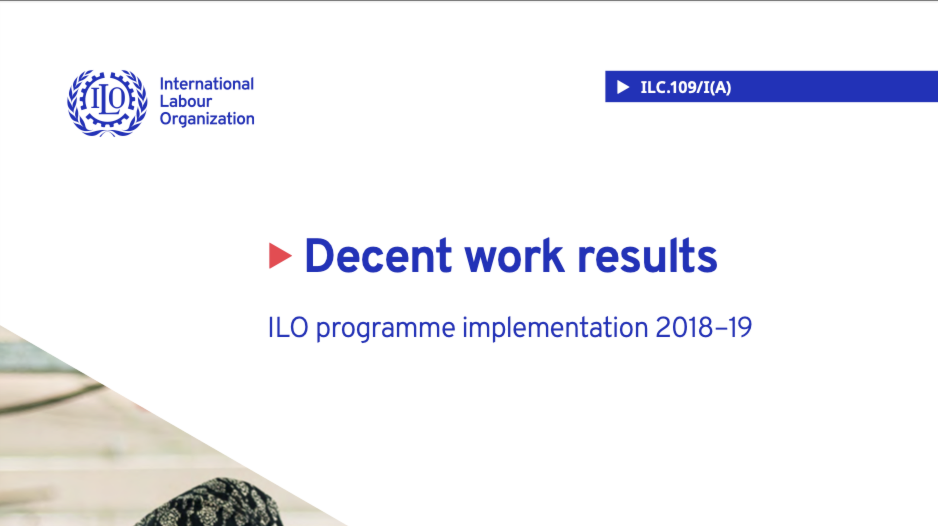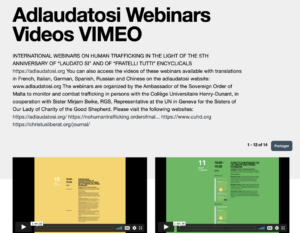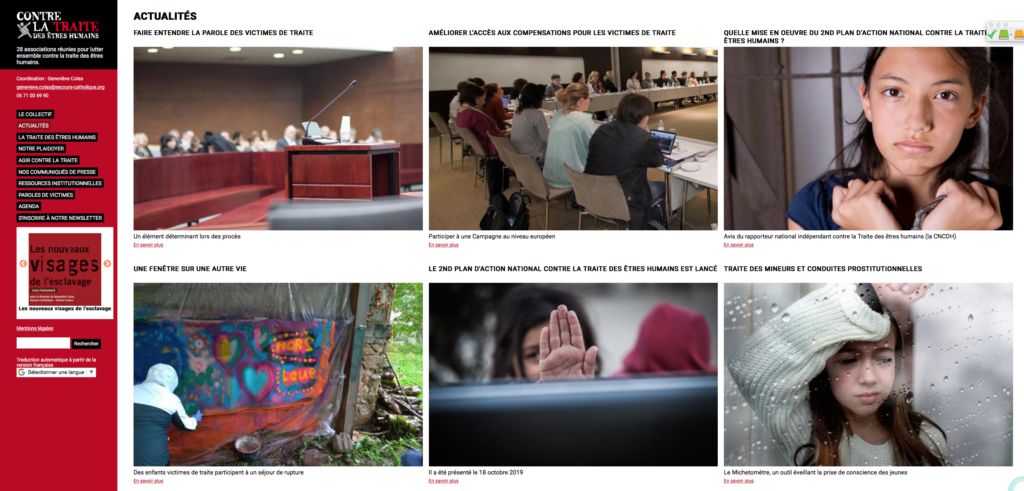TRANSCRIPTS OF VINCENT COCHETEL’S PRESENTATION
DECEMBER 11, 2023 SIDE EVENT
AT PALAIS DES NATIONS UN GENEVA
REFUGEE PROTECTION AND HUMAN TRAFFICKING: AN IMPORTANT ISSUE FOR THE GLOBAL REFUGEE FORUM 2023
1.- The first thing I’d like to share with you is what I heard from the first victim of trafficking, on this daily route leading to the central Mediterranean Sea that I met… It was silence! And that silence meant more than any spoken word. That silence communicated the challenges of establishing a meaningful, respectful, and effective communication with a victim of trafficking. The young man from Mali had been literally enslaved for almost two years by his traffickers. He was shackled almost most of the time. And subject to various forms of tortures and deprivation. His silence communicated his fear… But it also reminded me that trust cannot be assumed. It takes time, needs to be built. And it works differently with different people. Based on their culture, age, gender, experience, trauma. It took him maybe 15 minutes to move his eyes from his shoes to meet mine. His look expressed fear as he was full at arm’s length of his torturer. The first meeting was almost entirely nonverbal. On the while I let, the shared silence between us, on the cup of tea create a zone of comfort, my mind focused on the referrals to be made. Yet between what was on the glossy paper of the national referral mechanism for victims of trafficking, on what services actually were available, there was a huge gap! Victim response without protection means nothing… On whether the person was a refugee or migrant, did not really have any relevance at this point. The person needed physical, legal, social protection. The first thing I looked for was shelter in the national referral mechanism and book. The first one did not exist in reality. The next one was school. The third one was too far on men traveling with risk of being undocumented. And I looked for counseling. The specialized counseling for this person was not immediately available, on the local NGO running, it had no interpreters for the language the person spoke. Third, medical care. Access to medical care was impossible due to the lack of documentation on gap in the national legislation. And I could go on, go on, and go on… And that’s the experience I have in many of those African countries on these routes leading to the central Mediterranean Sea.
2.- The second observation I’d like to share. Is my frustration at the growing gap between the renewed political calls suggesting that more is being done against human traffickers …—and the reality I know, at least on the route where I work. It might be different in the context of the Ukraine situation. The UNODC annual report breaks its load of depressing statistics: one of them always strikes me, is about the decreasing prosecution on conviction rates for human traffickers. How often have we heard we need to defeat the business model of the human traffickers, but are we making progress? Do we consider this crime as seriously as we consider drug trafficking or arms trafficking? Do we follow money flows? Do we effectively use existing sanction regime? Do we capacitate adequately judicial authorities in this area? Do we recognize victim of trafficking as right holders and as potential key assets for effective prosecution? I leave you the answer. My concern also relates to the growing gap between capacity building efforts and victims assistance in this field: a recent report from the UN system in March 2023 documented that most of the funding relating to human trafficking go towards data collection, research, soft capacity building activities. I’m not saying it’s not needed, but efforts need to be better balanced with predicts, such efforts need to be better balanced with predictable victims assistance. UNHR will publish in January 2024 a report showing that in 16 African countries along the route I covered, services for victim of trafficking are not available where they are most needed, such as in border areas or in critical mixed movement hubs where the risks are the most acute. Worse! This report updates the study we published two years ago, and it reveals that some of the services for victims have now disappeared due to the lack of support. This is particularly the case for access to psychosocial counseling and access to justice. And because of the lack of alternative solutions and support, a foreign victim of trafficking which is not a refugee, is often just quickly sent back home, irrespective of the risk of retraffiting and without any form of access to justice.
3.- Finally, the third observation I’d like to make is my firm belief that more can be done on the prevention, protection, prosecution and partnership. As an example, together with IOM and UNODC, we set up 2 years ago a small pilot project without any dedicated resource, known as “factors” to pick up from social media posts, including those originating from traffickers themselves, who publicize their ransom requests, incidents of human trafficking involving migrants and refugees in Libya, Tchad, Niger and Sudan. We were able to document cases involving more than 15,000 victims. Referrals led in some instance to their release from traffickers, underground networks. But not everyone was released, but no one can say today we didn’t know…? These cases are known. Impunity for the traffickers is no longer a certainty. This small project illustrates that we can do more with little and we should not give up, feel powerless, confronted to lose many challenges. We can all contribute to a better response. What we need is less words and more focused action.
Thank you.

























